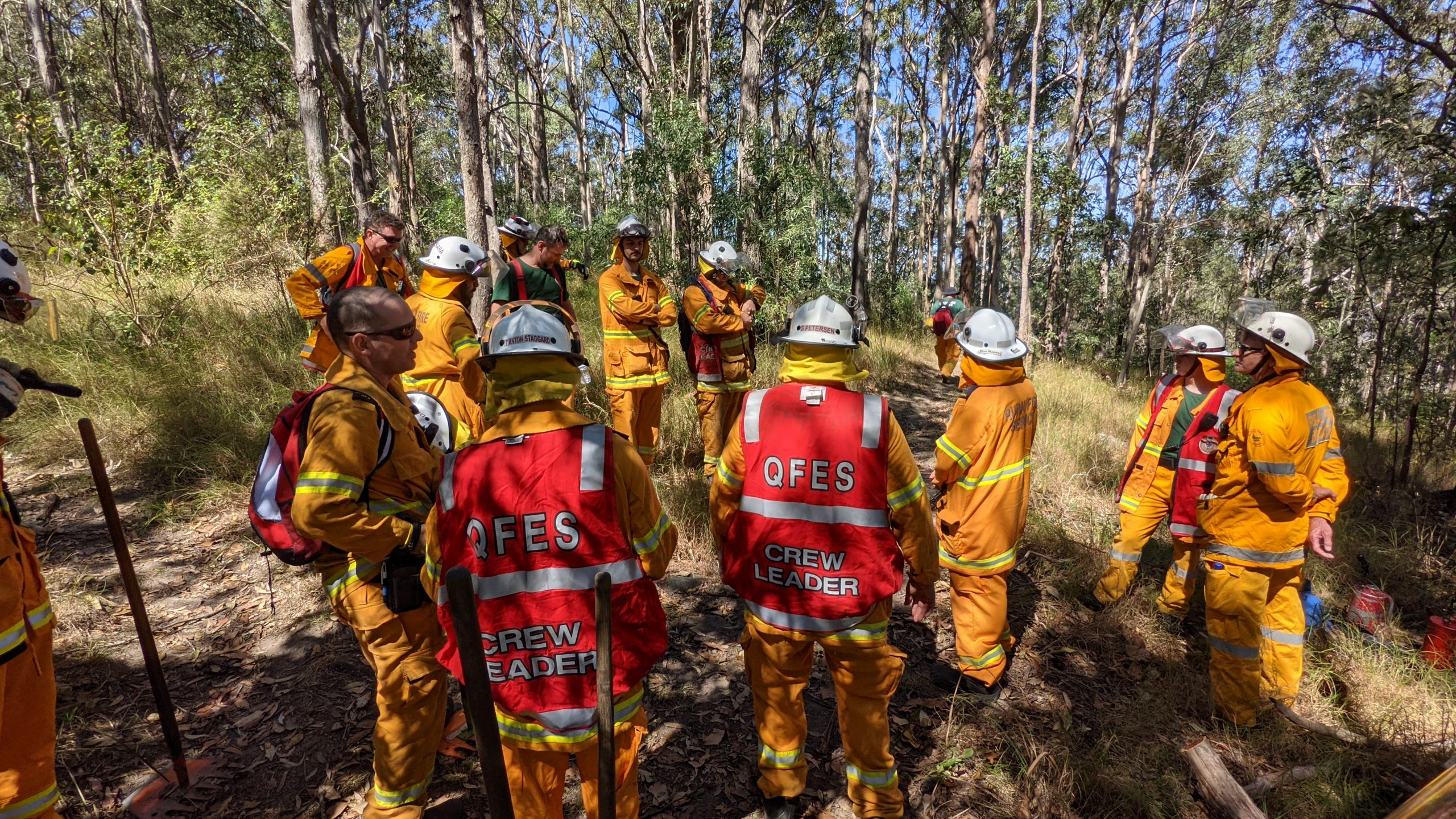In the fast-paced world of business, challenges can quickly escalate, turning minor issues into significant crises. Just like a small spark can grow into a roaring blaze, unresolved issues can escalate, potentially threatening the very existence of your business. The ability to lead confidently and make effective decisions before these fires spread is crucial. In this episode of “Leadership in the Line of Fire,” host Brad Hauck explores the art of agile leadership, emphasizing the importance of swift decision-making and proactive strategies. Drawing parallels to the world of firefighting, Hauck offers invaluable insights into navigating rapid change and developing leadership skills that can withstand the heat.
The Dynamic Nature of Firefighting and Business
In the realm of firefighting, even a tiny spark can quickly grow into an unstoppable wildfire if not addressed promptly. Factors like wind and temperature complicate matters, changing the fire’s path and pace, making it unpredictable and formidable. Similarly, in the dynamic landscape of business, unresolved challenges can escalate, causing content among clients and potentially threatening the organization’s success. The analogy between fighting fires and addressing business challenges emphasizes the critical truth that the longer a problem persists, the more complex and daunting it becomes to extinguish. To prevent these fires from spreading, leaders must collaborate closely with their teams, addressing and resolving issues promptly, all while remaining agile and adaptable.
The Role of Agile Leadership in Rapid Change
To effectively navigate rapid change, leaders need to cultivate agility. Just as firefighters need to be flexible, adaptable, and quick on their feet, leaders must be prepared to make decisions confidently and swiftly. Hauck emphasizes that leaders are not perfect and will make mistakes. However, it is crucial to learn from these mistakes, admit when slip-ups occur, and keep moving forward. Being open to advice and feedback from those around you can provide valuable insights and help leaders spot things they may have missed. The ability to make decisions confidently and learn from them is a hallmark of an agile leader in times of rapid change.
The Importance of Collaboration and Feedback
In today’s fast-paced business world, adaptation and thriving amidst swift changes are essential for success. Hauck emphasizes the value of a tight-knit team and underscores the importance of listening to feedback from employees, customers, and partners. Collaboration and open dialogue create a robust safety net against unforeseen challenges. Regular interactions and check-ins with team members shed light on internal challenges, operational bottlenecks, and potential opportunities for growth. By promoting a culture where every voice is heard and every feedback is valued, leaders can leverage the collective wisdom of the team, ensuring the organization not only survives but thrives amidst challenges.
Detecting the Early Signs of Challenges
Being alert and vigilant is crucial for both firefighters and smart leaders. Hauck emphasizes that detecting the early signs of challenges or disruptions in the business realm is crucial for maintaining the organization’s health and success. Whether it’s changing consumer preferences, technological updates, or subtle market fluctuations, leaders need to stay informed about industry trends and adjust their strategies accordingly. Moreover, being in tune with customers and actively seeking their feedback provides invaluable insight for improvement and innovation. Hauck underscores the need for leaders to anticipate challenges and to cultivate a deep-seated curiosity about the ever-evolving business landscape.
The Art of Decisive and Informed Decision-Making
While swift decision-making is essential in times of crisis or sudden change, it must be balanced with the need for effective outcomes. Hauck highlights the importance of contingency plans, which serve as roadmaps to navigate unforeseen bumps or roadblocks. Just as firefighters have fallback containment lines and alternative plans, businesses need prepared strategies to guide them. Leaders must strike a balance between agility and informed decision-making. By fostering an environment where information flows freely, leaders can collaborate seamlessly and make informed decisions on the fly. This combination of agility, informed decision-making, and decisiveness positions businesses for success amidst rapid change.
Leadership, much like firefighting, requires a blend of preparation, agility, and decisiveness. Challenges emerge as rapidly as flames in a dry forest in the business realm, and how leaders respond significantly impacts the trajectory of their organizations. Preparedness, represented by contingency plans, lays the foundation for effective leadership. However, true leadership shines through in moments of unanticipated challenges. Leaders must navigate swift decision-making, continuous learning from every twist and turn, and a relentless pursuit of growth and betterment. By recognizing the sparks, being swift yet calculated, fostering open dialogue, and preparing for change, leaders can transform challenges into stepping stones for success. In this fast-paced business world, embracing change and running towards the flames is essential for leaders to thrive and succeed.


